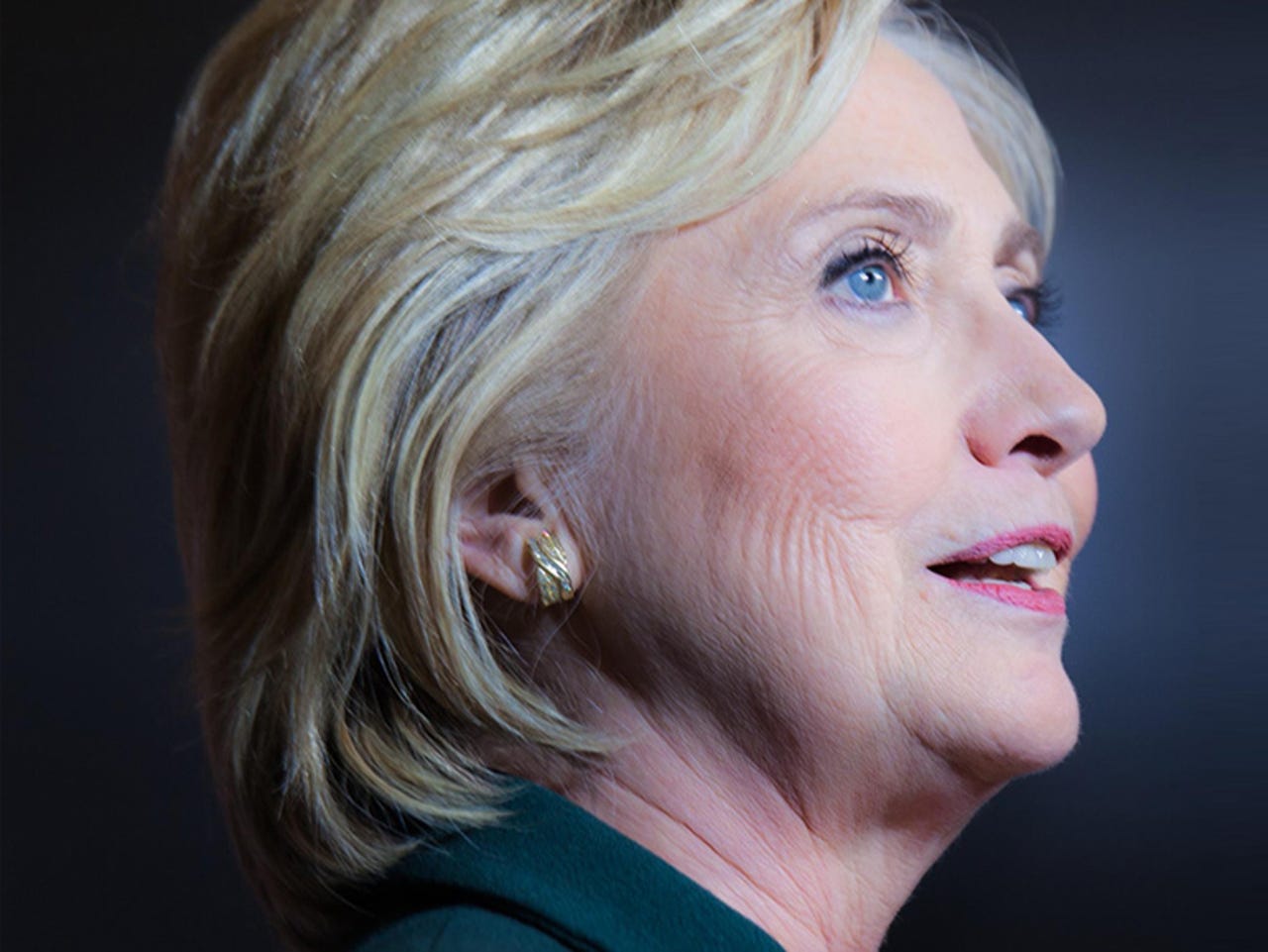Hillary Clinton wants broadband for everyone by 2020

Hillary Clinton wants to bring high-speed broadband internet to every American by 2020. Akamai's First Quarter 2016 State of the Internet report indicates this will be a tall order for the presumptive Democratic presidential nominee.

The Federal Communications Commission (FCC) recently redefined broadband from 4Mbps down/1Mbps up to 25Mbps down/3Mbps up. According to the State of the Internet report, which is based on data gathered from the Akamai Intelligent Platform, we're not even close to achieving those speeds.
While connection speeds are now reaching the FCC's new 25Mbps broadband threshold, no state has yet achieved this as an average broadband speed. That might soon change, however, as the District of Columbia is within striking distance of the 25Mbps threshold.
All 50 states and DC saw average connection speeds above the 10Mbps threshold in the first quarter of 2016. This is up from 49 states in 2015's fourth quarter. Although most places' average connection speeds rose quarter over quarter, gains were more modest in the first quarter of 2016.
Increases ranged from 0.2 percent in Wisconsin (to 15.3Mbps) to 13 percent in the District of Columbia. Only Virginia had a small decline of 1.8 percent, and 13 states saw gains of at least 30 percent compared with the preceding year. According to Akamai, Kentucky, Idaho, and Alaska had the slowest speeds in the nation, with an average speed of 10.9Mbps.
The states are addressing broadband issues in a variety of ways. According to Minnesota's Blandin Foundation's State Broadband Initiatives blog, some states have lofty speed targets with significant financial commitments, and others have entirely shuttered their initiatives.
Alaska plans for every resident to have 100Mbps by 2020, for example, while Kentucky's Kentucky Wired project aims to lay more than 3,000 miles of "middle mile" fiber across the state, and New York has invested $500 million toward its stated goals of bringing 100Mbps connectivity to most areas in the state as well as 25Mbps connectivity to remote and underserved areas. Florida and Georgia's state efforts appear to be dead in the water, however.
On the private front, numerous gigabit internet services were announced or launched in early 2016. Google is leading the way. Besides it earlier well-known deployments, Google recently bought the high-speed ISP Webpass to speed up its rollouts.
Elsewhere, Comcast has announced Atlanta and Nashville will get gigabit internet services in early 2016, followed by Chicago, Detroit, and Miami in the second half of the year. Instead of from fiber, they'll get gigabit speeds from the rollout of Comcast's implementation of Data Over Cable Service Interface Specification (DOCSIS 3.1) technology. Comcast claims DOCSIS 3.1 will enable super-fast speeds over Comcast's existing network.
While that's good news for some major cities, most places will still struggle to make it to 25Mbps. Clinton's goal is good, but getting there won't be easy for the government or private ISPs.
The other high-points from Akamai's report include the following:
Global Average Connection Speeds and Global Broadband Connectivity
- Global average connection speed increased 12 percent from the fourth quarter of 2015 to 6.3Mbps, a 23-percent increase year over year.
- Global average peak connection speed increased 6.8 percent to 34.7Mbps in the first quarter, rising 14 percent year over year.
- Global 10Mbps, 15Mbps, and 25Mbps broadband adoption also significantly grew in the first quarter of 2016, posting year-over-year gains of 10 percent, 14 percent, and 19 percent at each threshold, respectively.
IPv4 and IPv6
- The number of unique IPv4 addresses connecting to the Akamai Intelligent Platform declined 0.2 percent to 808 million.
- Belgium remained the clear global leader in IPv6 adoption, with 36 percent of its connections to Akamai occurring over IPv6, down 3.1 percent from the previous quarter.
Mobile Connectivity
- Average mobile connection speeds ranged from a high of 27.9Mbps in the UK to a low of 2.2Mbps in Algeria.
The US lags behind the rest of the world in both broadband speeds and IPv6 adoption. It doesn't even make the top 10 in speed, which is led by South Korea, Norway, and Sweden.
Can Clinton -- or anyone else -- get us to an average internet speed of 25Mbps by 2020? I doubt it. On the other hand, it is a worthy goal, and it's better to try and fall short rather than let our internet infrastructure stagnate.
Related Stories: